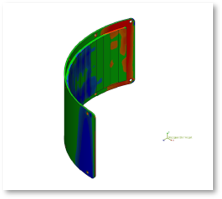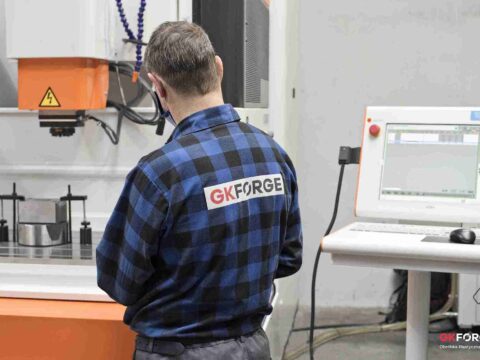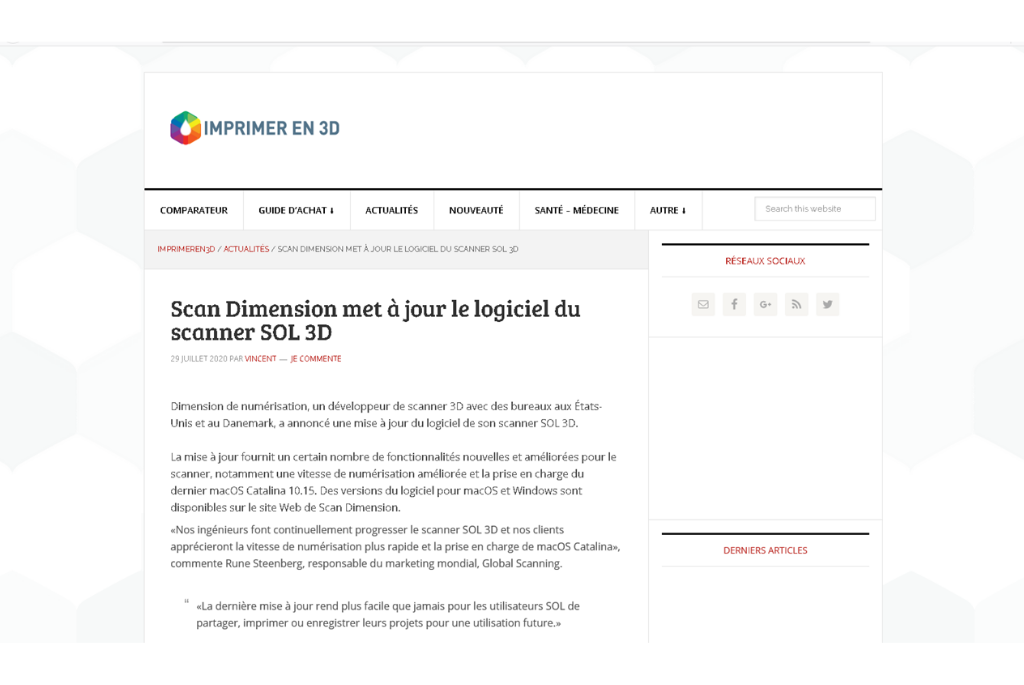
French media about eviXmatic
31 lipca 2020
Quality and support – application of eviXscan 3D scanners in NGK Ceramics Poland
28 sierpnia 2020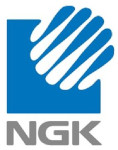
NGK Ceramics – use of eviXscan 3D scanner
NGK Ceramics Poland is a producing plant that specializes in the production of DPF - ceramic particulate filters for diesel engines, designed to remove soot particles and other components form the axhaust gas, making them safer for the environment and people.
In addition to the main DPF business, for several years the plant also been successfully producing GPF filters – for gasoline engines, as well as LSH large-size ceramic substrates, which are used as catalytic converters in diesel engines.
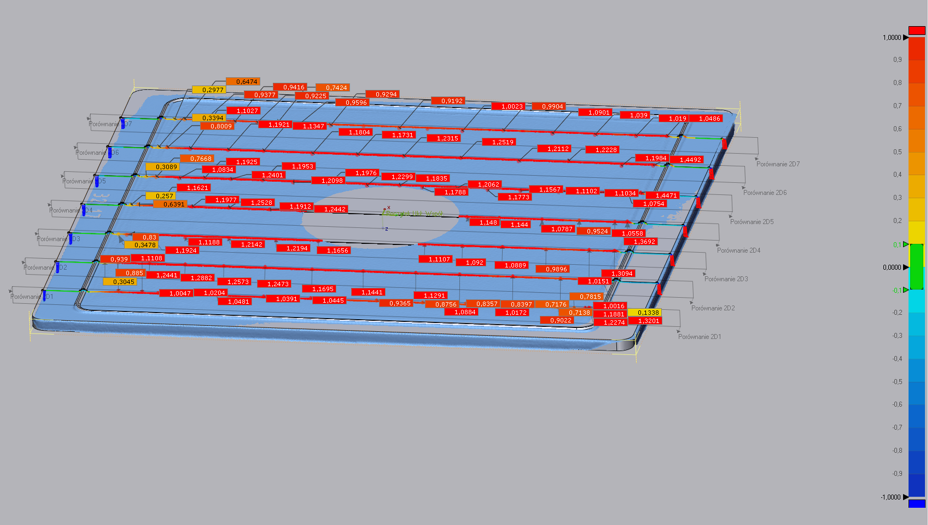
Measurement of embankment material
Advantages of use eviXscan 3D Heavy Duty Quadro scanner
Manufactured components require accurate deformations control after heat treatment which is very difficult to perform by standard methods. The EviXscan 3D Heavy Duty Quadro scanner allows quick and exact quality control of production/execution.
In combination with dedicated software, the scanner is used to support solutions to production process issues.
Rapid Prototyping and Creating of CAD documentation
A team of engineers, who deal with new innovative applications, use scanning in Rapid Prototyping issues. Captured scans become the basis for the design of improved versions of manufactured components.
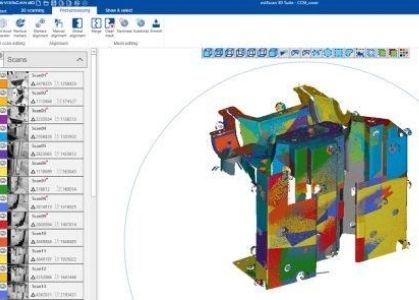
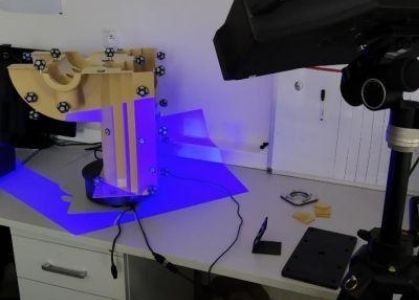
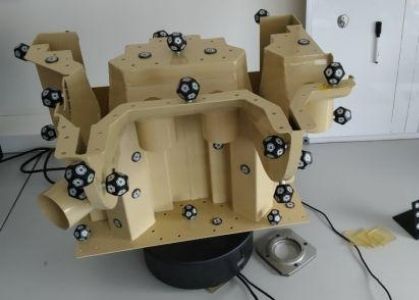
Item’s scanning
Using the eviXscan 3D Heavy Duty Quadro scanner, an element is scanned based on CAD model which was a rectangular steel sheet bents after arc with a glued, tiles material.

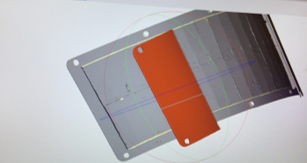
The positioning marker scanning method
Based of the made element, which required a tight fit into the housing, a hole in the body of the device was cut. Later scanning of the object made it possible to compare it with the pattern and check the level of shape deviation.
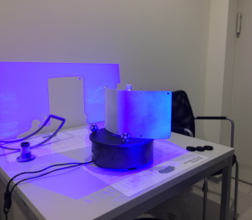
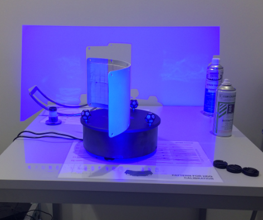
The element was then positioned on the rotary table and scanned using the positioning marker scanning method.
Mounting the item at the device
The result made it possible to clearly determine the correctness of the element's performance, which was finally confirmed by the proper installation of the component on the device.
